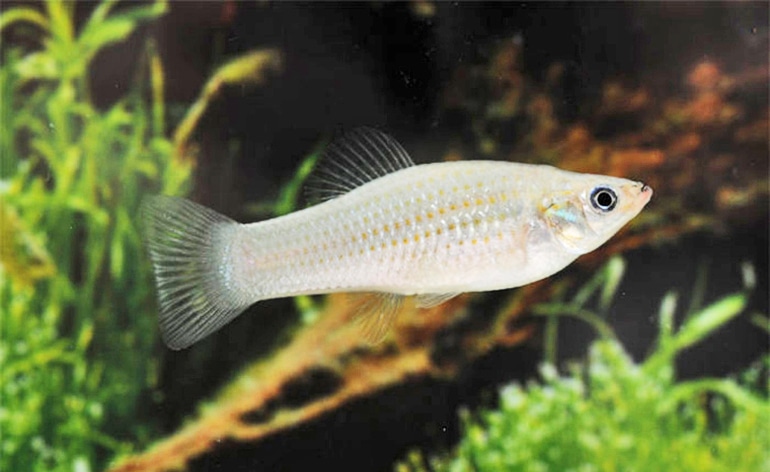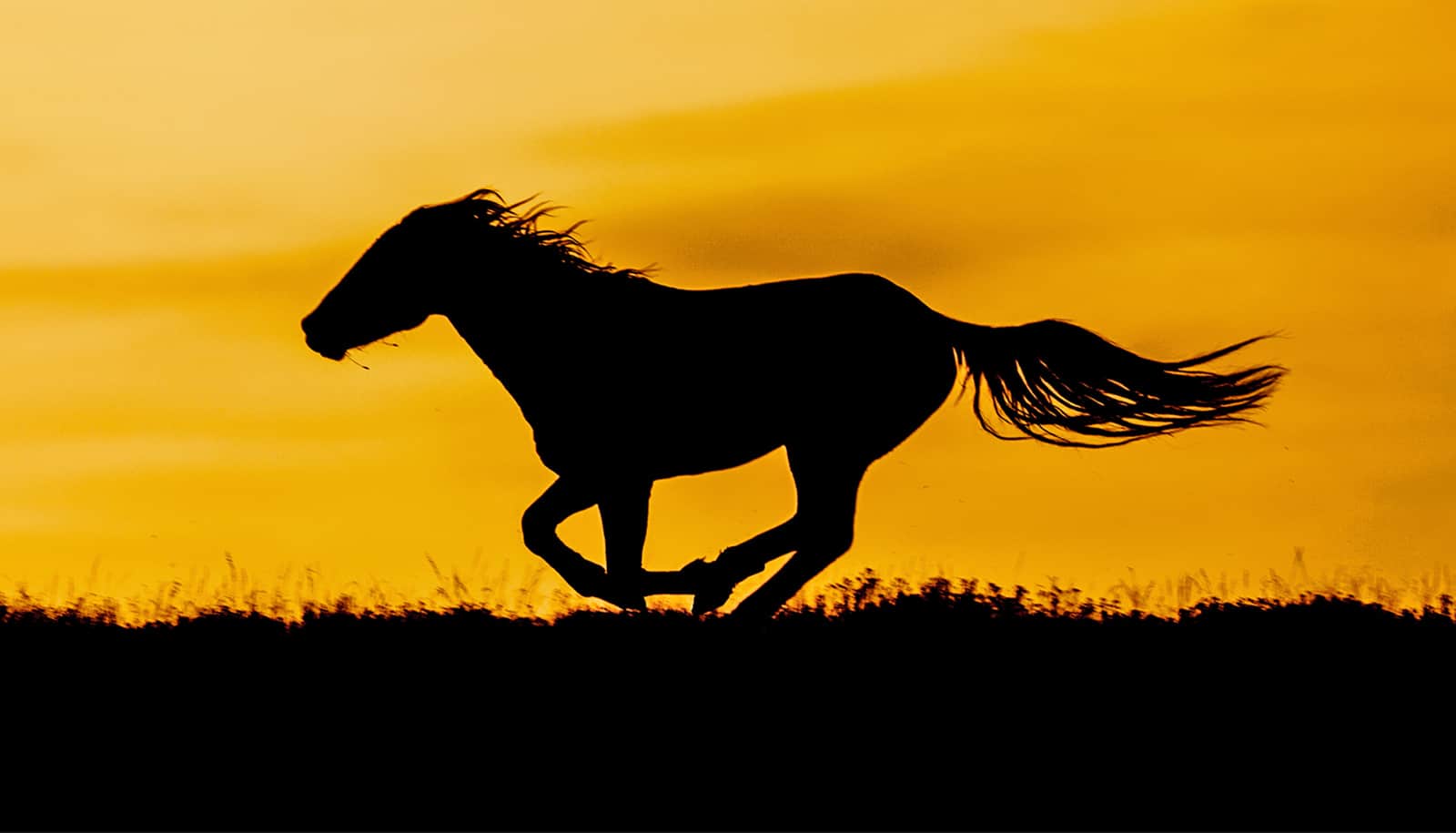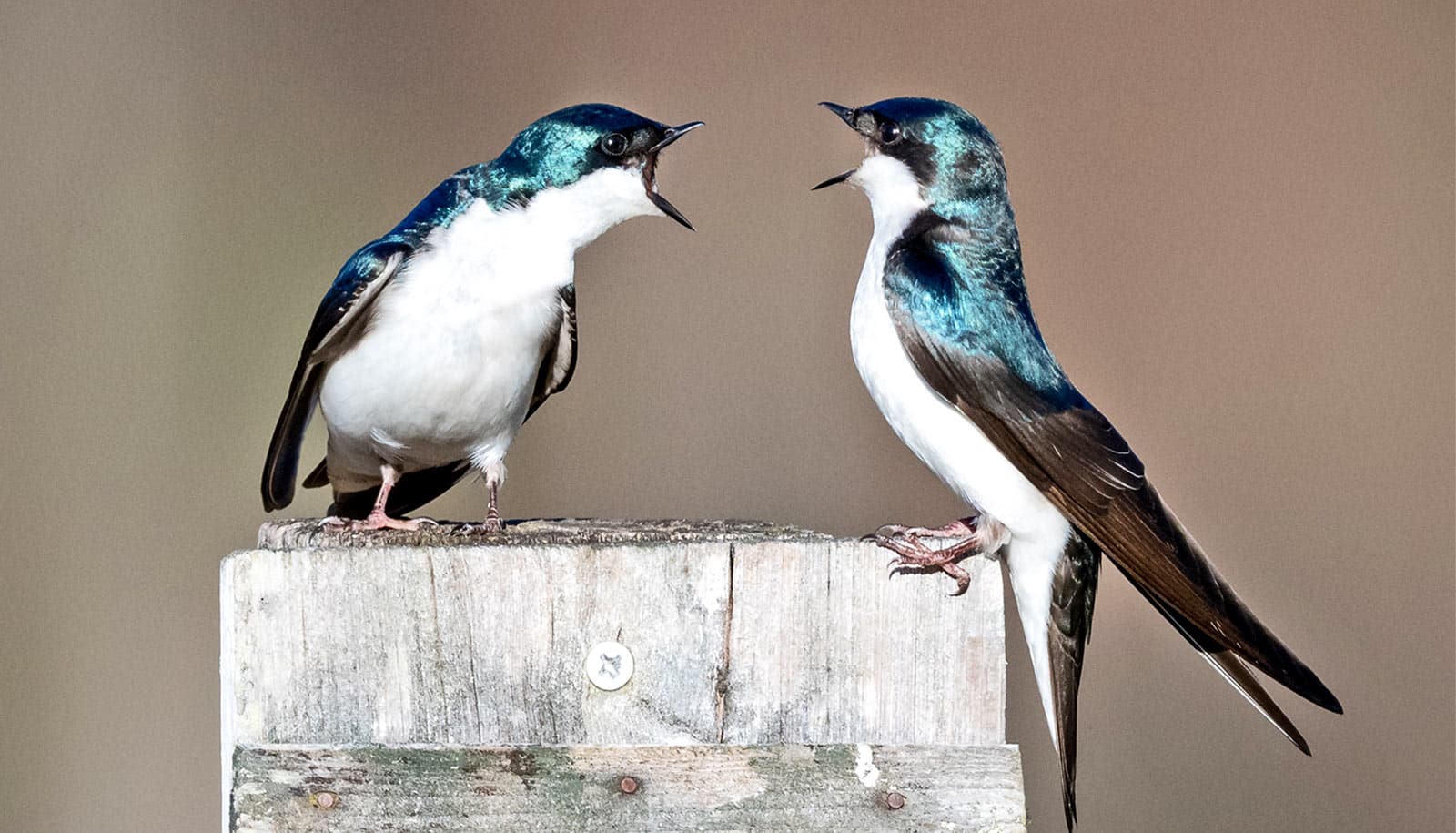It’s long been thought that the very rare animals that reproduce asexually—only about one in 1,000 of all living vertebrate species—are at an evolutionary disadvantage compared with their sexually reproducing counterparts.
But that doesn’t hold true for the Amazon molly, an all-female fish species that has thrived for millennia in the fresh waters along the Mexico-Texas border.

Scientists recently sequenced the first Amazon molly genome and the genomes of the original parental species that created this unique fish.
The findings suggest that the molly’s thriving existence is not totally unexpected—the fish has a hardy genetic makeup that is often rare in nature and gives the animals some predicted survival benefits.
“It appears the stars aligned for this species,” says first author Wesley C. Warren, an assistant director at the McDonnell Genome Institute at Washington University School of Medicine in St. Louis.
“The hybridization of two different species’ genomes into one new one would require nearly perfect compatibility between the elements of those parent genomes to bypass the sexual reproduction practiced by most vertebrate species.”
Hear more about the findings:
Ever since 1932, when scientists determined that the Amazon molly was the first known asexual vertebrate, they have wondered how this came to be.
One of the theories that spells out why asexual reproduction should stand in the way of a species’ sustainability is the idea that if no new DNA is introduced during reproduction, then harmful gene mutations can accumulate over successive generations, leading to eventual extinction.
Another hypothesis states that because asexual reproduction limits genetic diversity within a species, the animals eventually become unable to adapt to changes in the environment.
“The expectation is that these asexual organisms are at a genetic disadvantage,” says Warren, who is also an assistant professor of genetics. “In nature, the Amazon molly is doing quite well.”
The Amazon molly has remained frozen in evolutionary time.
The researchers discovered that the Amazon molly resulted from a sexual reproduction event involving two different species of fish, when an Atlantic molly first mated with a Sailfin molly 100,000 to 200,000 years ago.
Since then, the resulting Amazon molly has been a hybrid species that remarkably has remained frozen in evolutionary time—yet still continues to thrive.
“That’s about 500,000 generations if you calculate it out to the present day,” Warren says. “The expectation is that many harmful mutations would accumulate in that time, but that’s not what we found.”
The Amazon molly reproduces by “mating” with a male fish of a related species. But the male’s DNA is not incorporated into the offspring. Instead, mating with the male fish triggers the replication of the entire maternal genome.
In essence, mollies clone themselves. They don’t lay eggs but instead give birth to large broods of live offspring.
Scientists have long theorized that clones, by failing to purge harmful mutations, should experience decay in the genome and eventual extinction over generations.
“This study caps an intensive, collaborative study, marking the first glimpse of the genomic features of an asexual vertebrate and setting up a platform for future molecular, cellular and developmental work in this interesting species,” says Michael Lynch, director of the Biodesign Center for Mechanisms of Evolution at Arizona State University.
So although the Amazon molly has thrived for thousands of years, it remains resistant to giving away its genomic secrets—for now.
“It may be that the Amazon molly has the best of both worlds,” says Manfred Schartl, professor and chair of biochemistry at the University of Wurzburg.
“It seems to have some advantages that we see in species that reproduce sexually and other advantages normally seen in species that produce offspring nonsexually, such as large population sizes.”
The findings appear in Nature Ecology & Evolution.
The National Institutes of Health; the National Science Foundation; the German Research Foundation; the German Science Foundation; the European Molecular Biology Organization; Fundacio Zoo Barcelona; Secretaria d’Universitats i Recerca del Departament d’Economia i Coneixement de la Generalitat de Catalunya; the Intramural Research Program of the NIH; the National Library of Medicine; the Wellcome Trust; and the European Molecular Biology Laboratory funded the work.



